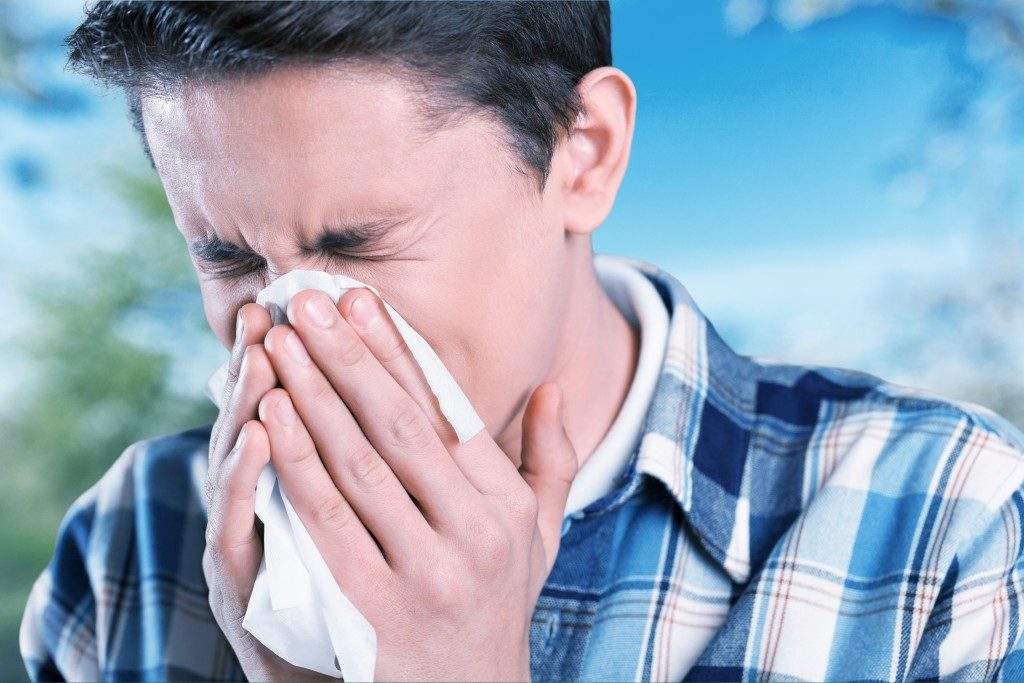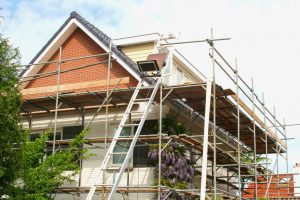Spring is almost here. Once again, the trees will turn green and the colorful flowers will bloom to signal the end of winter.
However, after the snow has melted, the warmer and sunnier weather also heralds the return of your seasonal allergies. Millions of people experience hay fever, a reaction to the many different allergens, particularly pollen, that come out in spring. Its symptoms include runny nose and itchy eyes.
While no one can stop spring and allergens from being released into the air, here are some things you can do to minimize the symptoms of hay fever:
Clean Your Gutters Thoroughly
This time around, when you decide to clean your home in time for spring, do it thoroughly. That means removing clutter from every nook and cranny, including your gutter.
The wind and rain can bring foreign objects like leaves and dirt into your gutter, making you more vulnerable to allergens. You can find professionals who specialize in gutter cleaning within Seattle, WA. They will be able to flush out the debris that has accumulated in your gutter and remove the allergens that have been hiding in it.
If you have been experiencing symptoms flare up when you enter or exit your home or open the windows, there may be allergens in your gutter.
Keep Your Windows Closed
The warmer breeze blowing outside may make you want to open your windows. However, this will only bring allergens into your home and will worsen your symptoms. Especially at night, when the pollen count is high, shutting your windows will give you a welcome reprieve from sneezing.
Keep Indoor Air Clean
However, even when you think you are safe from allergens indoors, the truth is you are still vulnerable. Your heating, ventilation, and air conditioning (HVAC) system can filter out common allergens, but it would not be able to efficiently do its work if it is clogged with dirt.
To prevent hay fever, use a high-efficiency furnace filter which can significantly reduce the number of allergens floating inside your home. It is also recommended to change your filter every 90 days to be assured that you are breathing clean air that is free of dust, pet dander, pollen, and others.
Ditch the Carpet

Your carpet or rug may be cozy and pretty, but it traps all sorts of particles, including common allergens. If you are sneezing non-stop even after you have thoroughly cleaned your home, then ditching the carpets and rugs may help calm your symptoms.
If that is not an option, then regular deep cleaning will help. Experts also advise that you use a vacuum that has a high-efficiency particulate air (HEPA) filter at least once a week to remove mold and dust buildup.
Keep Humidity Levels Down
Coming out of winter, you probably have a humidifier turned on to put moisture back into the dry air. For spring, monitor the humidity level of the indoor air and keep it below 50%. Humidity or moisture, in particular, encourages mold growth and dust mites — both of which are common allergens. If you do not have one, a humidity meter will save you from allergies while inside the safety of your own home.
When cleaning your home for spring, wear a mask to protect yourself from inhaling allergens. If the budget permits, delegate these tasks to a professional who can do a more thorough job.



















